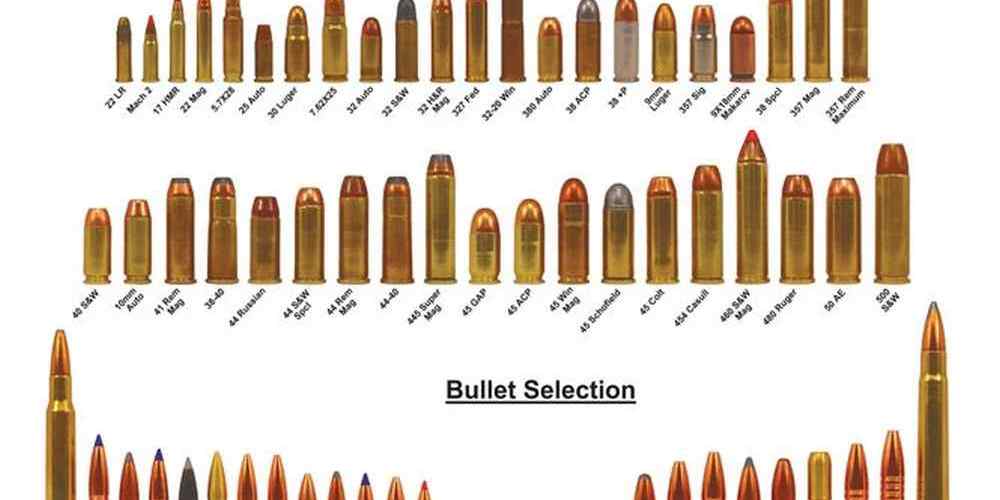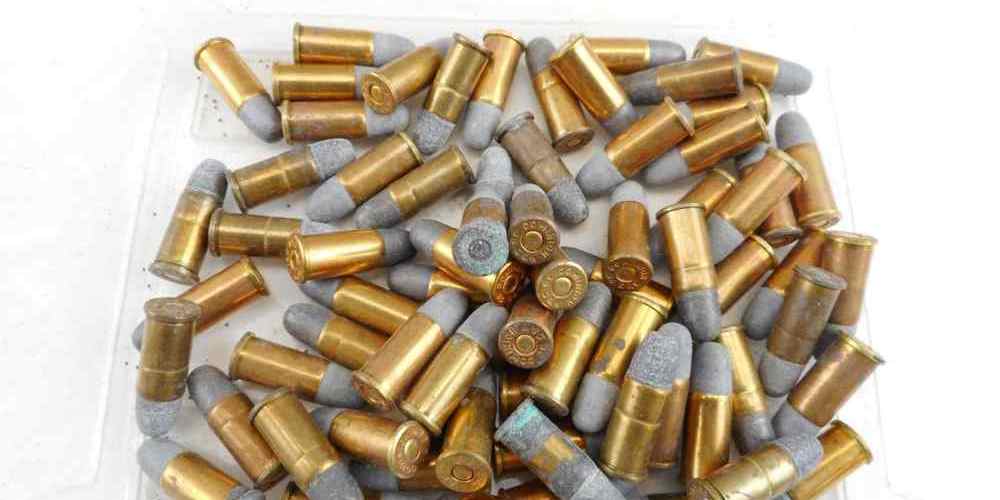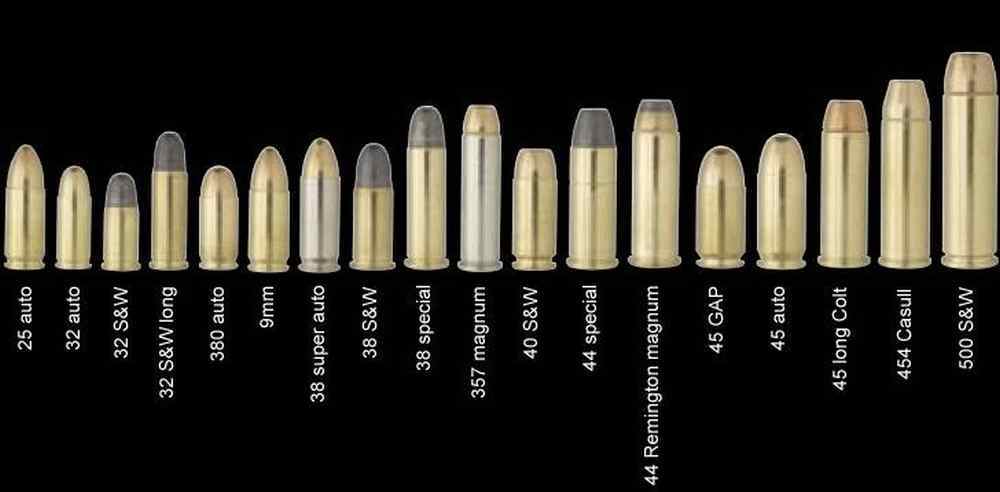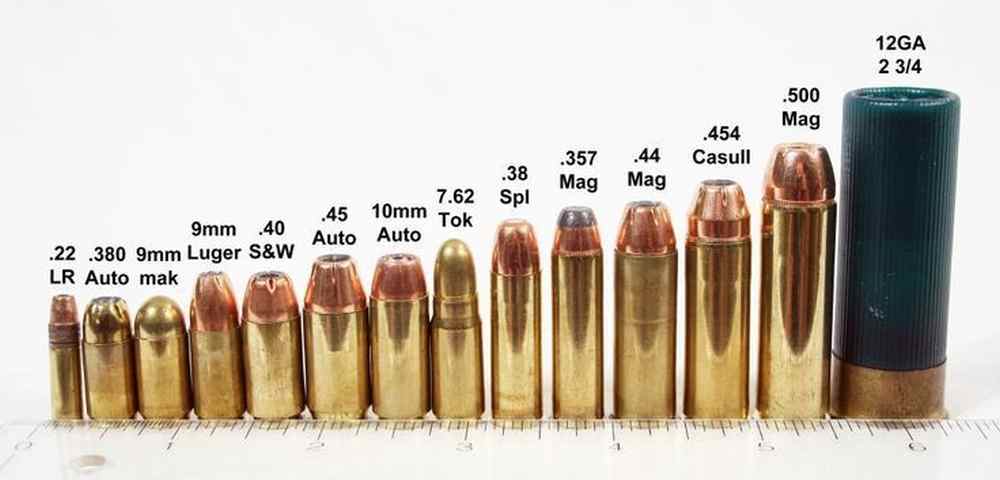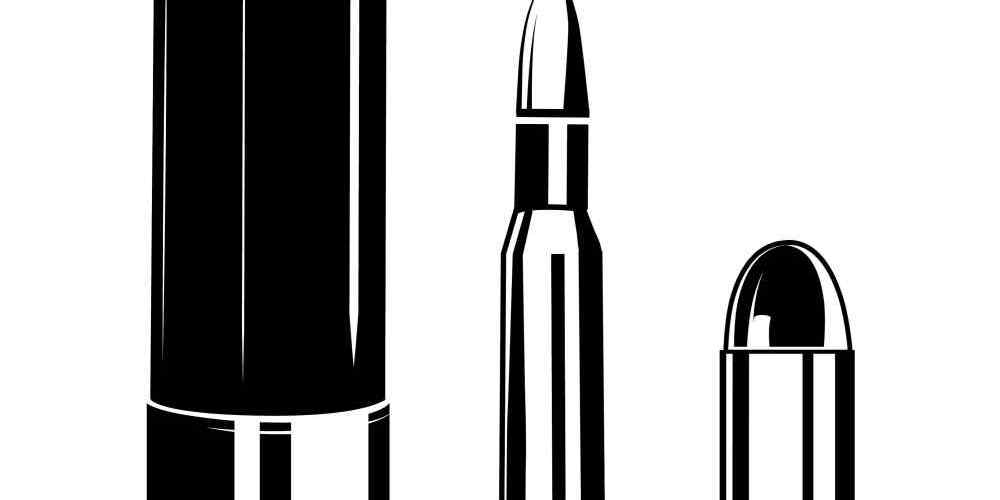“Consistent performance, every shot.”
Factors Affecting Primer Sensitivity in Revolver Ammunition
When it comes to revolver ammunition, primer sensitivity is a crucial factor that can greatly impact the reliability and performance of your firearm. The primer is the small, metal cup located at the base of a cartridge that contains a small amount of impact-sensitive explosive material. When the firing pin strikes the primer, it ignites the powder inside the cartridge, causing the bullet to be propelled out of the barrel.
Primer sensitivity refers to how easily a primer can be ignited by the firing pin. If a primer is too sensitive, it can lead to unintentional discharges or misfires, which can be dangerous and potentially life-threatening. On the other hand, if a primer is not sensitive enough, it may fail to ignite the powder in the cartridge, causing a failure to fire.
There are several factors that can affect primer sensitivity in revolver ammunition. One of the most important factors is the type of primer used in the cartridge. There are two main types of primers: Boxer and Berdan. Boxer primers are more commonly used in revolver ammunition and are known for their reliability and consistency. Berdan primers, on the other hand, are less common and are typically used in military surplus ammunition. While Berdan primers can be more sensitive than Boxer primers, they are also more difficult to reload and are not as widely available.
Another factor that can affect primer sensitivity is the quality of the primer itself. Primers are manufactured to strict specifications, and any deviation from these specifications can affect their sensitivity. It is important to use high-quality, reputable primers in your revolver ammunition to ensure reliable performance.
The design of the revolver can also impact primer sensitivity. Revolvers with heavy trigger pulls may require more force to ignite the primer, while revolvers with lighter trigger pulls may be more sensitive to primer ignition. It is important to test different types of ammunition in your revolver to determine which ones work best with your specific firearm.
Environmental factors can also affect primer sensitivity. Extreme temperatures, humidity, and altitude can all impact the performance of primers. It is important to store your ammunition in a cool, dry place and to avoid exposing it to extreme conditions to ensure consistent performance.
In conclusion, primer sensitivity is a critical factor in the reliability and performance of revolver ammunition. By understanding the factors that can affect primer sensitivity and taking steps to ensure that your ammunition is stored and handled properly, you can help to ensure that your revolver functions reliably and safely. Remember to always follow proper safety procedures when handling firearms and ammunition, and to test different types of ammunition to determine which ones work best with your specific firearm.
Importance of Primer Reliability in Revolver Ammunition
When it comes to revolver ammunition, primer sensitivity and reliability are crucial factors that can greatly impact the performance of the firearm. The primer is a small, sensitive component located at the base of the cartridge that ignites the gunpowder when struck by the firing pin. This ignition process is what ultimately propels the bullet out of the barrel and towards the target. Without a reliable primer, the entire firing sequence can be compromised, leading to misfires, hangfires, or even dangerous malfunctions.
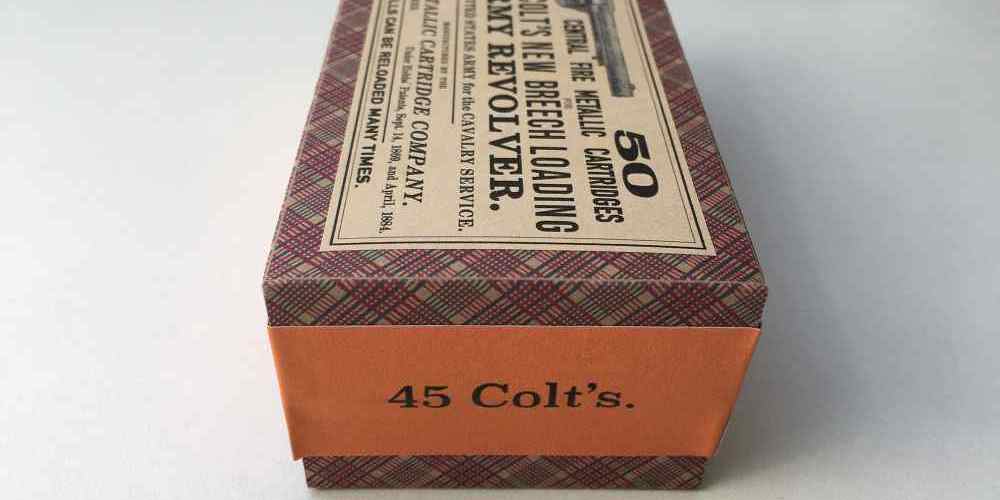
In a revolver, where the firing pin strikes the primer directly, primer sensitivity becomes even more important. Unlike semi-automatic pistols, which use a firing pin to strike the primer indirectly through the breech face, revolvers rely on a direct impact to ignite the primer. This means that the primer must be sensitive enough to reliably ignite the gunpowder with each trigger pull, regardless of the force or angle of the strike.
One of the key factors that determine primer sensitivity is the composition of the primer compound. Most modern primers use a mixture of lead styphnate, barium nitrate, and antimony sulfide to create a sensitive and reliable ignition source. However, variations in the composition or quality of these components can affect the sensitivity of the primer, leading to inconsistent ignition and potential malfunctions.
Another important consideration for primer sensitivity in revolver ammunition is the design of the primer pocket. The primer pocket is the recessed area at the base of the cartridge where the primer is seated. A properly sized and shaped primer pocket is essential for ensuring that the primer is held securely in place and struck with enough force to ignite the gunpowder. If the primer pocket is too shallow or too deep, it can affect the sensitivity of the primer and lead to unreliable ignition.
In addition to primer sensitivity, primer reliability is also a critical factor in revolver ammunition. A reliable primer is one that consistently ignites the gunpowder with each trigger pull, regardless of environmental conditions or storage time. Factors such as moisture, temperature, and exposure to contaminants can all affect the reliability of the primer, leading to potential misfires or hangfires.
To ensure primer reliability in revolver ammunition, manufacturers use quality control measures such as testing for sensitivity and consistency in their primer compounds. They also seal the primer pocket with a waterproof sealant to protect the primer from moisture and contaminants. These measures help to maintain the integrity of the primer and ensure reliable ignition in a variety of conditions.
In conclusion, primer sensitivity and reliability are crucial factors in revolver ammunition that can greatly impact the performance and safety of the firearm. A sensitive and reliable primer is essential for ensuring consistent ignition and preventing malfunctions such as misfires or hangfires. By understanding the importance of primer sensitivity and reliability, shooters can make informed decisions when selecting ammunition for their revolver and ensure a safe and reliable shooting experience.
Testing Methods for Primer Sensitivity in Revolver Ammunition
When it comes to revolver ammunition, primer sensitivity is a crucial factor that can greatly impact the reliability and performance of the ammunition. Primer sensitivity refers to how easily the primer ignites when struck by the firing pin, and it plays a key role in ensuring that the cartridge fires consistently and reliably. In this article, we will discuss the importance of primer sensitivity in revolver ammunition and explore some testing methods that can be used to evaluate it.
One of the primary reasons why primer sensitivity is so important in revolver ammunition is because it directly affects the ignition of the powder charge. If the primer is not sensitive enough, it may fail to ignite the powder consistently, leading to misfires or unreliable performance. On the other hand, if the primer is too sensitive, it may ignite prematurely, causing dangerous pressure spikes that can damage the firearm or injure the shooter. Therefore, finding the right balance of primer sensitivity is crucial for ensuring safe and reliable ammunition.
There are several testing methods that can be used to evaluate primer sensitivity in revolver ammunition. One common method is the drop test, where a sample of cartridges is dropped from a specified height onto a hard surface. The impact of the drop simulates the force of the firing pin striking the primer, allowing testers to observe how consistently the primers ignite. Another method is the hammer test, where a specially designed hammer is used to strike the primer with a controlled amount of force. This test can help determine the minimum amount of force required to reliably ignite the primer.
In addition to these physical tests, there are also chemical tests that can be used to evaluate primer sensitivity. One such test is the sensitivity test, where the chemical composition of the primer is analyzed to determine how easily it will ignite. By studying the composition of the primer, testers can gain valuable insights into its sensitivity and reliability.
It is important to note that primer sensitivity can vary depending on factors such as temperature, humidity, and storage conditions. For example, primers that are exposed to high temperatures or moisture may become less sensitive over time, leading to potential reliability issues. Therefore, it is essential to store revolver ammunition properly and conduct regular testing to ensure that the primers remain sensitive and reliable.
In conclusion, primer sensitivity is a critical factor in revolver ammunition that can greatly impact its reliability and performance. By using testing methods such as the drop test, hammer test, and sensitivity test, manufacturers can evaluate the sensitivity of their primers and ensure that they meet the necessary standards for safe and reliable ammunition. Additionally, it is important to consider external factors such as temperature and humidity when evaluating primer sensitivity, as these can also affect the performance of the ammunition. By paying close attention to primer sensitivity, manufacturers can produce high-quality revolver ammunition that performs consistently and reliably in a variety of conditions.
Impact of Primer Sensitivity on Revolver Performance
When it comes to revolver ammunition, primer sensitivity plays a crucial role in determining the reliability and performance of the firearm. The primer is the ignition source for the gunpowder in the cartridge, so its sensitivity directly impacts how consistently the round will fire. In this article, we will explore the impact of primer sensitivity on revolver performance and discuss why it is important for shooters to understand this aspect of their ammunition.
Primer sensitivity refers to how easily the primer will ignite when struck by the firing pin. A primer that is too sensitive may ignite with a light strike, leading to a potential accidental discharge. On the other hand, a primer that is not sensitive enough may fail to ignite even with a strong strike, causing a misfire. Both scenarios can be dangerous for the shooter and compromise the reliability of the firearm.
In revolvers, where the firing pin strikes the primer directly, primer sensitivity is especially critical. Unlike semi-automatic pistols, which use a firing pin to strike the primer indirectly through the slide, revolvers rely on the direct impact of the firing pin on the primer. This means that the primer must be sensitive enough to reliably ignite with the force of the firing pin, but not so sensitive that it will ignite with a light touch.
The type of primer used in revolver ammunition can also affect sensitivity. For example, some primers are designed to be more sensitive for use in military or law enforcement applications where reliability is paramount. These primers are often made with a softer compound that ignites more easily, ensuring consistent ignition in a variety of conditions. However, this increased sensitivity can also make them more prone to accidental discharges if mishandled.
Conversely, some primers are designed to be less sensitive for use in target shooting or hunting where a misfire is less critical. These primers are made with a harder compound that requires a stronger strike to ignite, reducing the risk of accidental discharges. While this can be beneficial for certain applications, it can also lead to reliability issues if the primer fails to ignite consistently.
Shooters should be aware of the primer sensitivity of their ammunition and choose cartridges that are appropriate for their intended use. For self-defense or duty carry, it is important to select ammunition with primers that are reliable and consistent to ensure the firearm will function when needed. For target shooting or hunting, shooters may opt for ammunition with primers that are less sensitive to reduce the risk of misfires.
In conclusion, primer sensitivity plays a critical role in revolver performance and reliability. Shooters should understand how primer sensitivity can impact the function of their firearm and choose ammunition accordingly. By selecting cartridges with primers that are appropriate for their intended use, shooters can ensure that their revolver will perform reliably and consistently. Whether for self-defense, target shooting, or hunting, primer sensitivity is a key factor to consider when selecting ammunition for your revolver.
Strategies for Improving Primer Sensitivity and Reliability in Revolver Ammunition
When it comes to revolver ammunition, primer sensitivity and reliability are crucial factors that can greatly impact the performance of the firearm. The primer is a small, metal cup containing a primary explosive compound that is located at the base of the cartridge case. When the firing pin strikes the primer, it ignites the powder inside the cartridge, causing the bullet to be propelled out of the barrel.
Primer sensitivity refers to how easily the primer is ignited by the firing pin. If the primer is not sensitive enough, it may fail to ignite the powder, resulting in a misfire. On the other hand, if the primer is too sensitive, it may ignite prematurely, causing a dangerous situation known as a “slamfire.”
Reliability, on the other hand, refers to the consistency of the primer’s performance. A reliable primer will ignite consistently with each trigger pull, ensuring that the firearm functions as intended. In contrast, an unreliable primer may fail to ignite or may ignite inconsistently, leading to malfunctions and potentially dangerous situations.
There are several strategies that can be employed to improve primer sensitivity and reliability in revolver ammunition. One of the most important factors to consider is the quality of the primers themselves. High-quality primers are manufactured to strict tolerances and are less likely to fail or ignite prematurely. It is important to use primers from reputable manufacturers to ensure consistent performance.
Another factor that can affect primer sensitivity and reliability is the design of the cartridge case. The primer pocket, where the primer is seated, should be properly sized and shaped to securely hold the primer in place. A loose primer pocket can cause the primer to move around during firing, leading to inconsistent ignition.
Proper seating of the primer is also crucial for reliable performance. The primer should be seated flush with the base of the cartridge case to ensure that it is struck squarely by the firing pin. If the primer is not seated properly, it may fail to ignite or may ignite unevenly, leading to malfunctions.
In addition to proper primer seating, it is important to use the correct type of primer for the specific load being used. Different types of powders and bullet weights require different primers to ensure optimal performance. Using the wrong type of primer can lead to ignition problems and inconsistent performance.
Regular maintenance of the firearm is also essential for ensuring primer sensitivity and reliability. Dirty or fouled firing pins can cause misfires or inconsistent ignition. It is important to clean and inspect the firing pin regularly to ensure that it is in good working condition.
In conclusion, primer sensitivity and reliability are critical factors that can greatly impact the performance of revolver ammunition. By using high-quality primers, properly seating the primer, using the correct type of primer for the load, and maintaining the firearm properly, shooters can improve primer sensitivity and reliability, ensuring consistent and safe performance. By following these strategies, shooters can enjoy reliable and consistent performance from their revolver ammunition.




